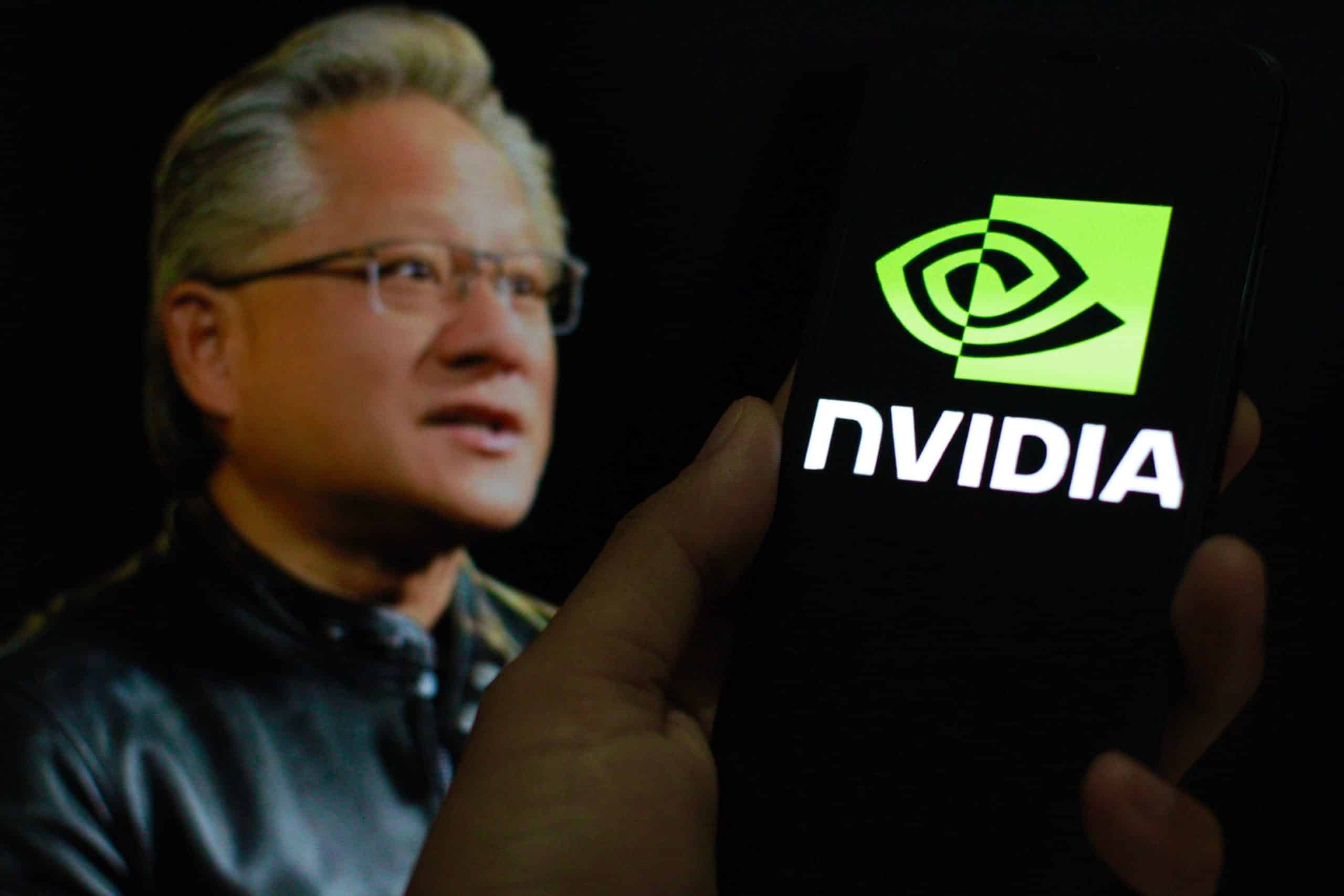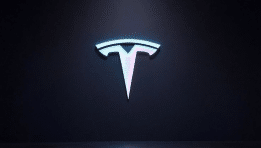Tariffs as a Catalyst for Strategic Investment in the U.S.
President Donald Trump’s proposal to impose a sweeping 100% tariff on imported semiconductors has sent shockwaves across the global chip industry. While the measure is still surrounded by questions—ranging from whether it will apply to raw semiconductor wafers or finished consumer products, to the amount of manufacturing that must occur in the U.S. to qualify for exemptions—the signal from the White House is clear: build in America or pay the price. In response, the world’s largest semiconductor companies, from Taiwan’s TSMC to South Korea’s Samsung and SK Hynix, as well as U.S.-based GlobalFoundries and technology giants like Nvidia and Apple, are rapidly announcing large-scale U.S. investments. Investors are betting these commitments will shield the companies from the harshest impacts of the proposed tariffs.
Quantitative Context: Massive Investment Commitments on the Table
The scale of investment being committed to U.S. semiconductor production is unprecedented. TSMC alone has pledged $165 billion in U.S. projects, including $65 billion in ongoing advanced chip fabs in Phoenix, Arizona, and an additional $100 billion announced in March. Nvidia plans to channel up to $500 billion into AI infrastructure in the U.S. over the next four years through its manufacturing partnerships. Apple, while not a pure-play semiconductor company, has committed $100 billion in new U.S. spending on suppliers and manufacturers, aiming to produce more than 19 billion chips domestically this year. SK Hynix is investing nearly $4 billion in a high-bandwidth memory (HBM) packaging plant in the U.S., while GlobalFoundries is expanding its New York facility. These commitments, collectively in the hundreds of billions of dollars, are a direct reaction to the potential tariff shock.
TSMC: Building an American Stronghold in Arizona
Taiwan Semiconductor Manufacturing Company, the world’s largest contract chipmaker, is arguably the most exposed to U.S. import tariffs, given its central role in producing advanced chips for global technology companies. Its $165 billion U.S. commitment is both a political and strategic maneuver. The Phoenix fabs are designed to produce the most advanced nodes, including chips for AI and high-performance computing, directly addressing U.S. national security and supply chain concerns. The new $100 billion tranche of investment announced earlier this year underscores TSMC’s long-term intention to integrate deeply into the U.S. manufacturing ecosystem. The market rewarded this positioning, with TSMC’s stock climbing nearly 5% in Taiwan on Thursday as investors anticipated a tariff exemption.
Samsung: Leveraging Texas to Cement Its U.S. Footprint
Samsung Electronics, a leading player in memory and logic semiconductors, has long maintained a manufacturing presence in Austin, Texas. The company has now committed to producing Apple’s image sensors at its Texas facility, directly aligning itself with a major U.S. tech client. This move strengthens Samsung’s argument for tariff relief under Trump’s proposed rules. The company’s diversified semiconductor portfolio and strategic U.S. base position it to continue serving both domestic and international customers without the heavy burden of a 100% import tax. Samsung’s shares rose in South Korea on Thursday, reflecting investor confidence in its ability to navigate the policy shift.
GlobalFoundries: A Domestic Winner in the Making
GlobalFoundries, headquartered in the U.S., emerged as one of the biggest potential beneficiaries of Trump’s semiconductor tariff policy. The company already operates significant manufacturing capacity in the U.S., though it does not produce the most cutting-edge chips like TSMC. Instead, it specializes in mature process nodes used across a wide range of industries, from automotive to telecommunications. This market positioning could allow GlobalFoundries to capture increased domestic orders from companies looking to avoid tariffs. On Wednesday, the firm announced a deeper collaboration with Apple, including accelerated investment in its Malta, New York facility. The stock jumped nearly 10% in pre-market trading Thursday, as investors priced in a boost from its “Made in USA” profile.
SK Hynix: Securing a Place in the U.S. Memory Supply Chain
SK Hynix, a key supplier of high-bandwidth memory chips used in Nvidia’s AI products, announced last year a nearly $4 billion U.S.-based packaging plant. This facility will be critical to meeting U.S. demand for advanced memory without incurring tariff penalties. While its fabrication plants remain largely in South Korea, the U.S. packaging facility could give SK Hynix the domestic production footprint it needs to qualify for partial or full exemptions from the proposed tariffs. Shares of SK Hynix closed more than 1% higher on Thursday, reflecting cautious optimism.
Nvidia: Betting Big on U.S.-Based AI Infrastructure
In April, Nvidia revealed plans to build up to $500 billion worth of AI infrastructure in the U.S. over the next four years. This initiative will be executed through its manufacturing partnerships, particularly with TSMC’s Phoenix fabs, where production of Nvidia’s new Blackwell AI chips has already begun. The combination of domestic manufacturing and strategic partnerships positions Nvidia to protect its most important product lines from the financial impact of tariffs. The company’s stock rose 1% in pre-market trading Thursday, a sign that investors see its U.S. manufacturing shift as both a political hedge and a growth catalyst.
Apple: Designing Chips, Controlling the Supply Chain
Apple’s role in this semiconductor saga is unique. While it does not manufacture chips itself, it designs processors like the M-series for Macs and the A-series for iPhones. Trump’s policy incentivizes Apple to deepen its domestic supply chain footprint, leading to Wednesday’s announcement of an additional $100 billion investment in American companies and suppliers over four years. The company expects its U.S.-based supply chain to produce more than 19 billion chips this year, including from TSMC’s Arizona plants. Apple’s stock surged more than 3% in pre-market trading Thursday, after a 5% rally on Wednesday, as markets viewed the move as both politically savvy and operationally sound.
Policy Ambiguities: What Counts as “Made in America”?
One of the biggest open questions is the definition of “U.S. manufacturing” for tariff exemption purposes. Will partial production in the U.S.—such as packaging or final assembly—qualify? Or will companies need to shift full wafer fabrication stateside? The answer will shape billions in investment decisions. Trump has indicated that companies which have “built in the United States or committed to build, unequivocally” will avoid the tariff. However, the precise thresholds remain unclear, leaving room for political negotiation and corporate lobbying in the months ahead.
Strategic Implications: A New Era for Semiconductor Geopolitics
The semiconductor sector is already at the heart of U.S.-China trade tensions, with Washington restricting the export of advanced chips to China for national security reasons. Trump’s proposed tariffs expand the battlefield to all major chip-producing nations, creating a complex matrix of incentives and penalties. This could accelerate a trend toward regionalization in semiconductor manufacturing, with companies establishing multiple production hubs to meet local market requirements and avoid trade barriers. For the U.S., it means a potential renaissance in advanced manufacturing—albeit one driven by defensive corporate strategy rather than organic competitive advantage.
Market Reaction and Investor Sentiment
The equity markets reacted swiftly to the announcements. Semiconductor stocks broadly moved higher on Thursday, with investors betting that the largest players have the resources, political influence, and strategic flexibility to adapt quickly. Companies with existing U.S. production—such as GlobalFoundries—saw some of the sharpest gains, while giants like TSMC and Nvidia benefited from optimism over their large U.S. investments.
Conclusion: Building in America as a Survival Strategy
Trump’s tariff threat is forcing a structural shift in the semiconductor industry. For the largest chipmakers, building in the U.S. is no longer just a matter of market access—it is becoming essential for survival in the world’s most lucrative tech economy. The investments announced in recent months reflect both the scale of the challenge and the opportunities that come with aligning with U.S. industrial policy. While the long-term efficiency of such a restructured supply chain remains to be seen, the near-term reality is clear: companies that commit to U.S. manufacturing are positioning themselves to avoid the steepest costs of a new protectionist era.
Comparison, examination, and analysis between investment houses
Leave your details, and an expert from our team will get back to you as soon as possible
* This article, in whole or in part, does not contain any promise of investment returns, nor does it constitute professional advice to make investments in any particular field.
To read more about the full disclaimer, click here- orshu
- •
- 7 Min Read
- •
- ago 1 hour
 The Americas Markets Close Higher: Nasdaq Leads a Strong Day of Gains
The Americas Markets Close Higher: Nasdaq Leads a Strong Day of Gains
The trading day has concluded for the Americas, with major U.S. indices posting solid gains, driven by a positive market
- ago 1 hour
- •
- 7 Min Read
The trading day has concluded for the Americas, with major U.S. indices posting solid gains, driven by a positive market
- orshu
- •
- 8 Min Read
- •
- ago 6 hours
 European Markets Conclude Trading on a High Note: A Deeper Look at Today’s Performance
European Markets Conclude Trading on a High Note: A Deeper Look at Today’s Performance
European stock markets closed today with a largely positive performance, showcasing resilience and investor confidence despite a mixed bag of
- ago 6 hours
- •
- 8 Min Read
European stock markets closed today with a largely positive performance, showcasing resilience and investor confidence despite a mixed bag of
- orshu
- •
- 11 Min Read
- •
- ago 7 hours
 Why Does Every Minor Miss in Earnings Reports Trigger a Market Chain Reaction?
Why Does Every Minor Miss in Earnings Reports Trigger a Market Chain Reaction?
The second-quarter 2025 earnings season is proving to be one of the most paradoxical in recent years. On the surface,
- ago 7 hours
- •
- 11 Min Read
The second-quarter 2025 earnings season is proving to be one of the most paradoxical in recent years. On the surface,
- orshu
- •
- 6 Min Read
- •
- ago 8 hours
 Q2 Revenue Growth – Who’s Leading, Who’s Stable, and Who’s Falling Behind?
Q2 Revenue Growth – Who’s Leading, Who’s Stable, and Who’s Falling Behind?
The second quarter of 2025 marked a strong period for most major technology companies, highlighting a significant gap between the
- ago 8 hours
- •
- 6 Min Read
The second quarter of 2025 marked a strong period for most major technology companies, highlighting a significant gap between the












